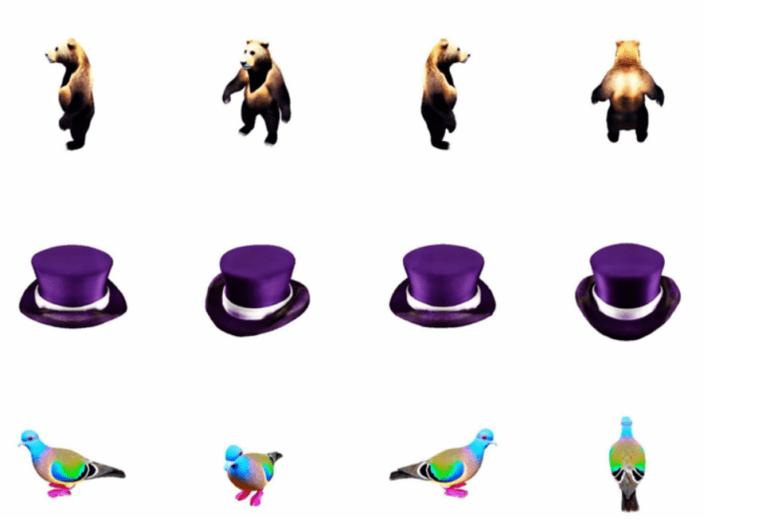- Nvidia’s Toronto-based AI lab presented advancements at GTC 2024 conference.
- Focus on reducing time and cost while improving quality in generative AI.
- The introduction of EDM-2 enhances diffusion models for faster and higher-quality image generation.
- Addressing efficiency issues in neural networks for improved training reliability and speed.
- LATTE3D enables near-real-time text-to-3D synthesis with high fidelity.
- Nvidia’s innovations revolutionize content generation across industries.
Main AI News:
In the realm of generative AI, time translates directly into financial resources. Every minute spent in training or generating content adds up to substantial costs. Recognizing this, Nvidia’s Toronto-based AI lab has been diligently working on accelerating the processes involved in generating images and video content. At the recent GTC 2024 conference, they unveiled significant advancements aimed at reducing the time and cost involved while enhancing the quality of output.
Sanja Fidler, Vice President of AI Research at Nvidia, emphasized the critical importance of time-efficient algorithms capable of handling vast datasets and computations without exorbitant expenses. Their focus was primarily on improving the speed and affordability of training, leading to faster generation times for high-quality images and 3D models.
One of their notable achievements lies in enhancing diffusion models, which play a pivotal role in generating high-resolution images with fidelity. By refining these models, Nvidia aims to minimize noise and artifacts, resulting in clearer and more detailed visuals. Their latest innovation, EDM-2 (Enhanced Diffusion Model 2), streamlines neural network architecture and training methodologies, significantly reducing complexity and training time while maintaining comparable generation quality.
Furthermore, Nvidia’s researchers have addressed the efficiency of neural networks, tackling issues such as activation and weight growth. Through optimized procedures and the introduction of exponential moving averaging techniques, they’ve managed to enhance training reliability and speed, ultimately reducing the time required for model convergence.
In addition to image generation, Nvidia has also made significant strides in text-to-3D synthesis with LATTE3D. This cutting-edge model can produce high-quality 3D representations almost instantaneously, revolutionizing workflows across various industries, from gaming to robotics. By leveraging advanced optimization techniques and neural field generation, LATTE3D achieves unparalleled speed and fidelity, empowering creators with near-real-time 3D generation capabilities.
Overall, Nvidia’s latest research endeavors underscore their commitment to advancing the field of generative AI by prioritizing both speed and quality. By introducing innovative techniques and optimized architectures, they’re paving the way for more efficient and cost-effective content generation, heralding a new era of creativity and productivity in AI-driven applications.
Conclusion:
Nvidia’s breakthroughs in generative AI, showcased at GTC 2024, mark a significant milestone in the industry. By prioritizing speed, affordability, and quality, they’re poised to reshape content generation processes across various sectors. With enhanced diffusion models and cutting-edge text-to-3D synthesis capabilities, Nvidia is primed to lead the market toward more efficient and cost-effective AI-driven solutions, unlocking new opportunities for innovation and creativity.

